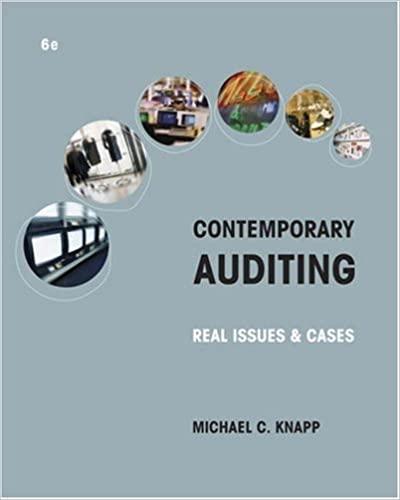



Miller Toy Company manufactures a plastic swimming pool at its Westwood Plant. The standard cost for one pool is as follows: The plant has been experiencing problems for some time, as is shown by its June income statement when it made and sold 15,000 pools; the normal volume is 15,150 pools per month. Fixed costs are allocated using machine-hours. "Contains direct materials, direct labour, and variable manufacturing overhead. Janet Dunn, the general manager of the Westwood Plant, wants to get things under control. She needs information about the operations in June since the income statement signalled that the problem could be due to the variable cost of goods sold. Dunn learns the following about operations and costs in June: a. 30,000 kilograms of materials were purchased at a cost of $3.70 per kilogram. b. 24,500 kilograms of materials were used in production. (Finished goods and work-in-process inventories are insignificant and can be ignored.) c. 11,800 direct labour-hours were worked at a cost of $7 per hour. d. Variable manufacturing overhead cost totalling $17,023 for the month was incurred. A total of 5,870 machine-hours was recorded. It is the company's policy to close all variances to cost of goods sold on a monthly basis. Required: 1. Compute the following variances for June: a. Direct materials price and quantity variances. (Indicate the effect of each variance by selecting "F" for favourable, "U" for unfavourable, and "None" for no effect (i.e., zero variance).) b. Direct labour rate and efficiency variances. (Indicate the effect of each variance by selecting "F" for favourable, "U" for unfavourable, and "None" for no effect (i.e., zero variance).) c. Variable overhead spending and efficiency variances. (Indicate the effect of each variance by selecting "F" for favourable, "U" for unfavourable, and "None" for no effect (i.e., zero variance).) 2-a. Summarize the variances you computed in part (1) by showing the net overall favourable or unfavourable variance for the month. (Indicate the effect of variance by selecting "F" for favourable, "U" for unfavourable, and "None" for no effect (i.e., zero variance).) 3. Pick out the two most significant variances you computed in part (1). (You may select more than one answer. Single click the box with the question mark to produce a check mark for a correct answer and double click the box with the question mark to empty the box for a wrong answer. Any boxes left with a question mark will be automatically graded as incorrect.) Materials price variance Materials quantity variance Labour rate variance Variable overhead efficiency variance Variable overhead spending variance Labour efficiency variance 4. Compute the fixed overhead cost variances. (Indicate the effect of variance by selecting "F" for favourable, "U" for unfavourable, and "None" for no effect (i.e., zero variance).)










